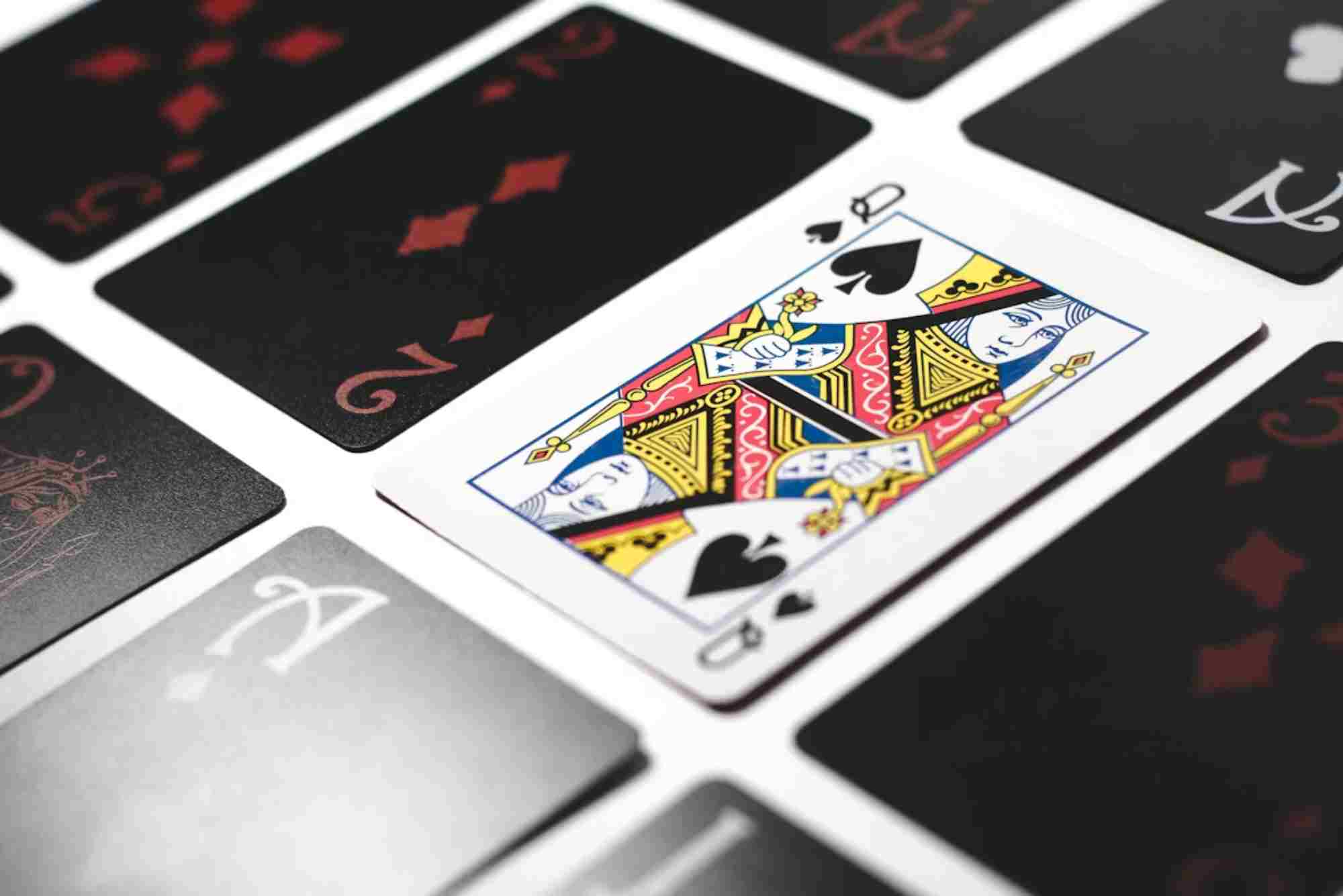Winning poker tournaments on a regular basis is the dream of every serious player. Yet, even talented cash-game specialists often find the switch to multi-table tournament (MTT) play daunting. Unlike cash games where you can reload on demand, tournaments demand long-term strategy, patience, and the ability to adapt as blinds escalate and fields shrink. Over the past decade, I’ve navigated low-stakes online satellites, live local events, and mid-stakes Sunday majors, learning firsthand that consistent success in tournaments hinges on more than solid card selection—it requires a holistic approach that combines mental resilience, strategic depth, and keen observational skills.
Laying the groundwork: bankroll and mindset
The first step toward regular cashes is ensuring your bankroll can withstand the inevitable ups and downs. Tournament variance is brutal: even world-class pros endure lengthy dry spells. I recommend dedicating at least 100 buy-ins for your chosen stake level, which smooths out the swings and keeps tilt at bay. More important than the raw number, though, is cultivating a healthy mindset. When you view each event as a learning opportunity rather than a make-or-break moment, you’ll play your A-game more often. Early in my career, I began journaling every deep run and bust-out, focusing on decision quality rather than chip counts. That simple habit transformed frustration into constructive feedback, sharpening my resilience and leading to steadier results.
Mastering fundamental tournament math
No matter how deep the field or unique the format, poker tournaments boil down to a few mathematical principles: pot odds, expected value (EV), and Independent Chip Model (ICM) considerations. Solid players internalize pot odds so deeply that calculating whether to call a river bet becomes as natural as taking a breath. For those looking to level up their theoretical understanding, resources like Upswing Poker offer in-depth articles on range balancing and exploitative adjustments, guiding you through the complex math underpinning every decision. Absorbing these frameworks will help you spot spots where many opponents leak EV, such as bloated calls on the bubble or overly tight play in late stages.
Adjusting to each stage of the tournament
Early, middle, and late stages of a tournament demand distinct approaches. In the opening levels, I focus on accumulating chips methodically by playing solid value hands and exploiting obvious mistakes. This involves standard raises with premium holdings and occasional blind steals when opponents show passivity. As the blinds rise and antes kick in, aggression becomes more valuable; a well-timed three-bet or continued-pressure flop c-bet can yield significant chip gains. However, once the tournament crosses the money bubble, the Independent Chip Model looms large. Many players tighten drastically to lock up a cash, creating prime stealing opportunities. Conversely, I’ve seen equally skilled opponents overplay marginal hands in this phase, forgetting that the prize jumps are often steeper than the jump from zero to min-cash. Mastering bubble dynamics often separates consistent winners from the rest of the pack.
Strategic game selection and platform familiarity
Consistent winners know that not all tournaments are created equal. Field size, structure, and rake can dramatically affect your win rate. Personally, I gravitate toward events with slower blind levels, which reward deeper-stack play and reduce variance. I also pay close attention to the platforms I choose. In my region, reliable regulated operators host weekly events that attract a recreational player base, offering softer fields than mass-market sites. For UK players, exploring reputable poker sites uk helps ensure not only a strong tournament calendar but also prompt payouts and transparent policies. Becoming intimately familiar with one or two trusted platforms allows you to pre-study lobby tendencies, note regular opponents, and develop tailored exploitative strategies.
Reading opponents and table image
While fundamental math and structure mastery lay the groundwork, poker remains a psychological game. Observing betting patterns, timing tells, and sizing habits can reveal more about an opponent’s range than any table talk. In live tournaments, I watch for physical tells—how often a player glances at the clock, how they stack their chips, or their breathing pattern during big pots. Online, timing tells and bet-sizing tell the story: a snap-shove from the small blind often indicates desperation, whereas a tank-fold suggests a strong value hand. Equally important is managing your own image. Cultivating a tight-aggressive persona early on makes your late-stage bluffs more credible. I once leveraged a “solid player” tag to execute a bluff with air on the final table, collecting a three-bet pot that would have been impossible had I been labeled reckless.
Exploiting ICM and final-table dynamics
Reaching the final table is a milestone, but navigating it profitably tests even seasoned pros. At this stage, stack sizes and pay jumps take precedence over raw chip gains. ICM pressure often forces marginal players to fold strong hands, creating spots to accumulate chips risk-free. Conversely, don’t be afraid to tighten up when your stack hovers near the second-biggest pay jump. I recall a recent live final table where my modest stack folded AA from the small blind when facing a larger stack’s three-bet—avoiding a cooler that would have crippled my chances. Later, that cautious fold translated into a runner-runner straight that clinched second place. Recognizing when to preserve equity versus when to seize spots is an art that comes from charting your ICM heat maps and understanding the specific payout structure.
Studying and reviewing your play
Even the best players can fall into stagnation without ongoing study. I allocate time weekly to review hand histories, focusing on big pots and pivotal decisions. Whether through self-analysis, software tools like PokerTracker, or coaching sessions, dissecting leaks in your aggression, hand selection, and post-flop play is crucial. One effective exercise has been using equity calculators to test whether my fold-equity assumptions in bluff spots were realistic. I also watch high-level final-table streams, pausing to ask, “What would I do here?” Those mental simulations train your instincts and expose you to rare scenarios you might not encounter for months otherwise.
Building stamina and emotional control
Long tournaments can stretch over 8 to 12 hours, demanding both physical endurance and emotional discipline. I maintain peak focus by hydrating consistently, scheduling brief breaks off-screen, and using mindfulness techniques during downswings. On particularly brutal days, I practice deep-breathing exercises and a quick mental reset between events. By treating poker like an athletic endeavor—preparing both mind and body—you’ll avoid the late-stage tilt that turns minor losses into catastrophe. Remember, endurance and self-control are as vital as any strategic concept.
Adapting to evolving metagames
Poker’s strategic frontier never stands still. Trends shift as new software for range analysis proliferates and top pros innovate unorthodox lines. To stay ahead, I monitor strategy blogs, participate in forums, and sometimes even dabble on small stakes tables as a “recreational” player to observe emerging tendencies. When everyone tightens around a particular draw-heavy meta, I exploit that by reraising lighter in position. Conversely, when wild plays dominate, I tighten up my value betting range. Constantly adjusting to current metagame flows keeps your approach dynamic rather than outdated.
Leveraging multi-tabling intelligently
While multi-tabling can boost hourly volume, it also dilutes focus—a dangerous trade-off in MTTs. Early in my career, I tried juggling eight tournaments simultaneously, only to discover I missed critical ICM spots and made reckless pre-flop calls. My breakthrough came when I limited myself to two or three tables until the money bubble, then ramped up volume once pay structures justified looser play. Now, I use table management software to track bubble timings and paytables, ensuring I’m at the right tables at the right moment. That balance maximizes volume without sacrificing decision quality.
Putting it all together for consistent results
Consistency in poker tournaments is not a single skill but the convergence of many. Bankroll discipline ensures you weather variance; mathematical proficiency and ICM awareness guide precise decisions; observational acumen helps you exploit opponents; and emotional control sustains peak play through marathon sessions. Layer on a commitment to continuous study and metagame adaptation, and you forge a comprehensive framework for success.
In my own journey, I’ve seen this holistic approach transform a modest MTT bankroll into sustainable monthly profits. By systematically refining each element—be it improving my late-reg aggression or honing my bubble-phase exploits—I reduced my return on investment (ROI) swings from a rollercoaster to a gentle incline. More importantly, I learned that every tournament, cash, or bust-out is part of a larger feedback loop, providing data to sharpen my edge further.
Final thoughts
Winning poker tournaments consistently is a marathon, not a sprint. It requires relentless attention to fundamentals, strategic nuance for every stage, and the mental grit to bounce back stronger after setbacks. Embrace each event as both a challenge and a classroom, and commit to evolving your game through study, self-reflection, and adaptability. With dedication and a structured approach, you’ll find yourself grinning under the bright lights of the final table more often than not.









